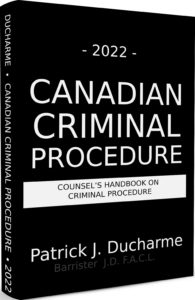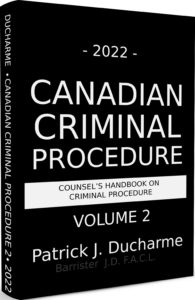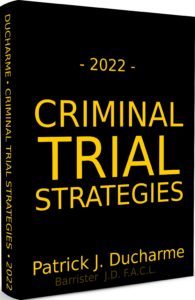Uncovering all the facts requires more than meetings with your own client and the client’s witnesses. Complete disclosure is paramount, although the issue of what can or should be disclosed in any given case is by no means uncontroversial.
Continue reading “Discovering the Case: Be Thorough, Be Relentless”




